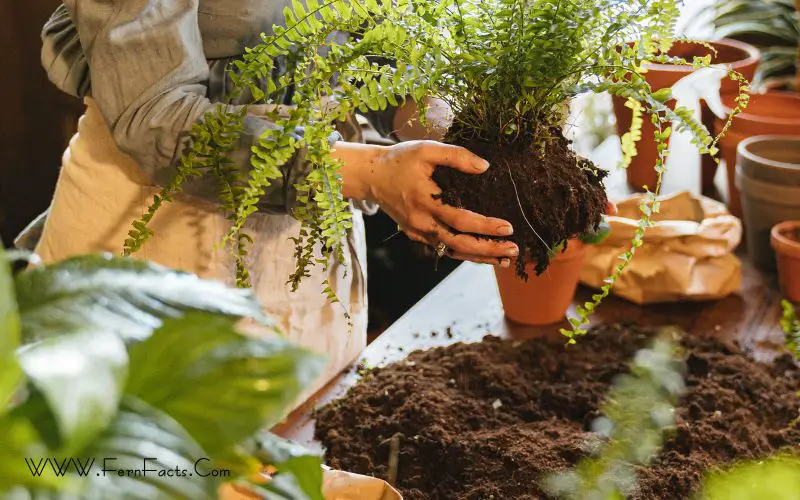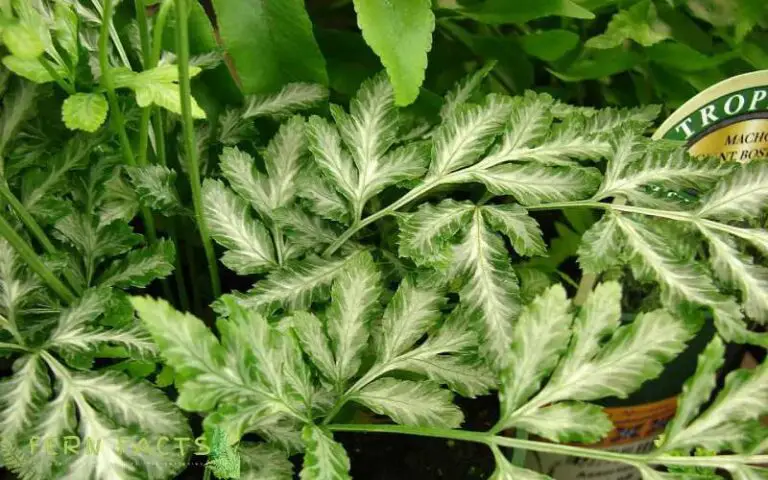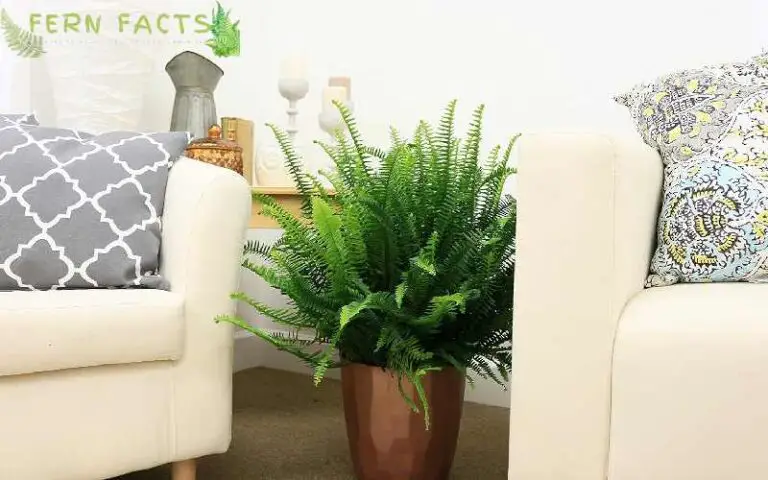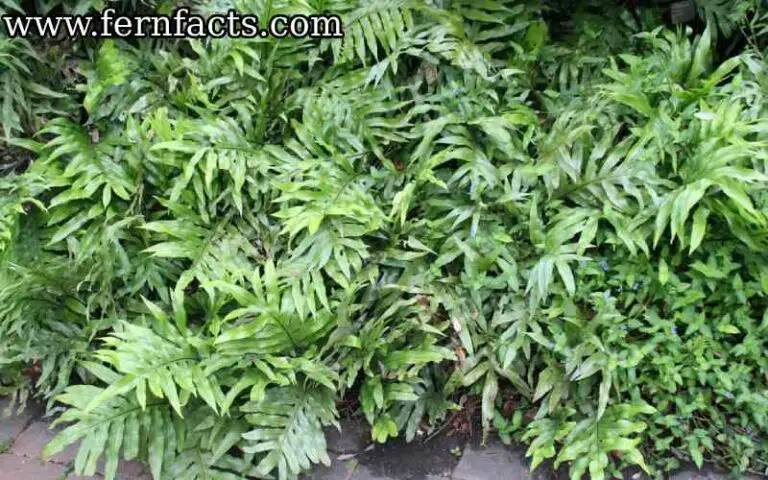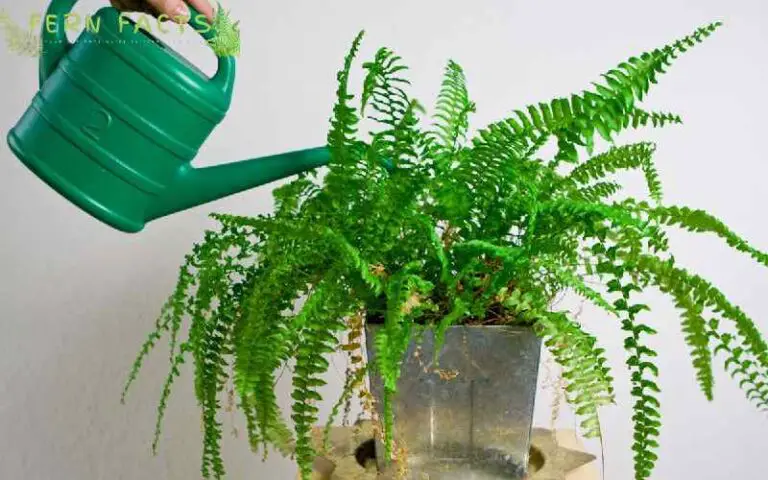Your Guide To Best Potting Soil Mix for Ferns
Have you decided to dip your toes into the world of ferns? Do you plan on planting some in pots this spring and want to be sure you give the fern the best soil possible?
Choosing suitable potting soil and time for your ferns can be more apparent than you may think, as the type and quality will have a massive impact on the fern’sfern’s growth and overall health. There’sThere’s also the fact that different types of ferns may require different types of potting soil, which means it’s not a one-size fits all solution.
For those unfamiliar with potting soil and what makes it different from typical soil, it has different ingredients to help your plant thrive. There is typically a blend of organic materials, but it will differ from company to company.
So let, let’s take a closer look at how to choose the right potting soil mix for your ferns and why it matters so much.
Importance of Choosing the Right Potting Soil Mix
Perhaps you’ve-you’ve walked into a garden center before and, without much thought, just grabbed for the first bag of potting soil that got your attention.
But did you know that there are different types of potting soil? The organic material used differs, as does the quantity itself. This is because plants are all so unique that they have different requirements.
Choosing the right potting soil mix for your ferns means they will make full use of the soil’s nutrients, ensuring they reach their full potential.
This means better, stronger, and healthier growth. If you’ve owned ferns that have failed to thrive in the past, it may have been different from the watering, humidity, and light conditions but the potting soil mix you used initially.
Ferns that need proper nutrients may not appear as lush, as vivid in color, and will typically grow slower. In other words, you’ll have a fern that lacks vibrancy. It will just feel like something is missing with your fern, and it won’twon’t be the showpiece you were hoping for.
Did you know that the type of soil you use also affects its ability to retain or drain water? Ferns thrive when they are moist but not soaking wet.
This means they need soil that drains well. Some potting soil mixes will do a better job draining than holding all that moisture and becoming dense.
What Types of Soil is the Best for Ferns?
Once you realize how vital the proper potting soil mix is for ferns, the next logical question is, which soil should you use? Which type of mix or material will best benefit your ferns, whether they are outdoors or indoors?
Let’sLet’s look at some of the most popular soil types and planting and ferns materials, looking at the pros and cons of each. The critical thing to remember is that each of these has something to offer, but more than one material will be needed to sustain your ferns and help them to thrive.
Potting Soil
While a general pre-made potting soil mixture is typically fine for many plants, it won’twon’t fulfill the needs of ferns. It will lack critical nutrients and minerals, doesn’tdoesn’t have adequate drainage, and can result in ferns that don’tdon’t get lush and full-looking, and they may end up smaller than you anticipated.
Peat Moss
Peat moss is a material that assists in the drainage of gardens and pots. It can retain moisture for long periods and then slowly release it.
This is important for ferns since you don’tdon’t want the roots drowning in water, yet the soil must always remain moist. Moisture retention becomes more important if you live in a hot environment with lots of sun and little rain in the summer.
Perlite
Perlite does an essential job, and that is to filter water away from the plant while making sure to hold on to the nutrients. The fern then uses those nutrients to grow and become strong and healthy. Without this natural filtration system, you risk your ferns being starved of essential nutrients and minerals.
Vermiculite
Here’s a planting/potting material that you may have yet to hear of but also has benefits for ferns. Vermiculite acts almost like a sponge, soaking up all the water and then holding on to it.
The maidenhair fern is notorious for needing daily watering, so vermiculite becomes even more important to this variety of fern. It also helps plants absorb nutrients such as potassium, calcium, and magnesium more easily. This one is more important for ferns indoors.
Sand
Yes, you read it right – that material you can find naturally outdoors. The difference is you don’t want that fine sand such as what you find in a sandbox; Rather, you want coarse river sand.
The reason it’s essential is that it can help speed up drainage. Should your fern get excess water, sand will help it to drain. This could be important after a particularly fierce rain storm or overwatering.
How to Make the Perfect Potting Soil Mix for Ferns
Did you know you can also make potting soil mix for ferns? Whether you can find the perfect pre-made mixture or just like the idea of controlling the ingredients and matter used, making potting soil mix for ferns is more straightforward.
You want to aim for potting soil that is loam-based compost and is medium-density. There should also be coarse material in the mixture that is ideal for drainage.
To make potting soil for ferns at home, begin with an essential general soil mix that you can find at any garden center. This will act as your base.
From there, you want to focus on nutrients, the density of the soil, the material for moisture retention, and the pH level. Try adding some perlite, which will act as grit and aid drainage.
Aim for a consistency that has plenty of black material that is both crumbly and dense – this is the compost. Run it through your fingers to check that you’ve achieved this balanced mixture. Depending on your availability, you may add some manure or garden compost/waste.
The next step in the process is to add some peat moss. If you can access peat moss, try using composted bark.
Next, it’s time for pumice, grit, or coarse sand. All of these are important because they won’t break down and act as a physical conditioner to the soil. Again, this will improve drainage and help ensure that your fern’s roots stay water-logged.
The final element of your homemade fern potting soil should be fertilizer, which means the essential minerals and nutrients your plant needs.
This is usually a mixture of phosphate, nitrogen, and potassium. Just be careful you don’t use too much, or it can damage your ferns. It can be pretty satisfying to make potting soil, and then you won’t be questioning the matter that has been added or the quality of it.
It’s worth noting that each variety of fern requires a little bit different measurements, so it’s worth doing a little research online to find specific fern potting soil ” recipes.”
Not Just Any Potting Soil Will Do for Your Ferns
It comes down to more than potting soil will do for your ferns. If you want them to thrive, look their best, maintain their health, and grow quickly, then the potting soil you choose has a huge impact.
It’s all about taking a closer look at the potting soil available in your local garden center, knowing what nutrients you need, asking questions, and not settling for sub-par soil. The right potting soil mix for ferns gives them the best possible start.

